In the realm of healthcare, the stakes are always high. Every decision, every procedure, and every prescription bears the weight of potential consequences. Unfortunately, not all of these consequences are positive. Medical errors, a disturbingly common occurrence, have emerged as a formidable challenge in modern medicine, often with devastating outcomes. The issue isn’t just confined to a single country or healthcare system; it’s a global concern, impacting countless lives.
In recent years, alarming statistics have shed light on this pressing issue. For instance, a report revealed that only a fraction of deaths caused by medical errors lead to settlement payouts. This revelation opens a Pandora’s box of questions regarding accountability and patient safety. Moreover, it’s estimated that medical errors may account for an astonishing 251,000 deaths annually in the U.S., making it one of the leading causes of death, trailing just behind heart disease and cancer.
Beyond the numbers, there’s a human element that often gets overlooked. Behind each statistic is a story of an individual, a family, forever altered by an unforeseen error. The impact of these mistakes transcends the physical; it shakes the very trust patients place in their healthcare providers. A study even highlighted that a small percentage of physicians might conceal clinical errors, a notion that further complicates the patient-doctor relationship.
But what exactly constitutes a medical mistake? How do these errors slip through the cracks in a system designed to heal and protect? These questions are at the heart of our discussion as we unveil the 10 most shocking medical mistakes frequently made by doctors. By shedding light on these errors, we aim not just to inform but to foster a dialogue on improving patient care and safety.
10 – Making the Wrong Diagnosis

This kind of slip-up is far more common than you think. Around 10% to 20% of diagnosis made by doctors are wrong and this, at times, can lead to disastrous results. It’s not uncommon for patients who encounter life-threatening complications because of a wrong diagnosis to file a case for medical malpractice and receive proper compensation for their doctor’s negligence.
09 – Giving The Wrong Prescription or Drugs

In the United States alone, around a million or so patients experience complications from incorrect medications or drugs or inaccurate dosage often as a result of the wrong prescription.
Given that doctors deal with dangerous drugs all the time, taking in a bit too much of even the right drug could poison a patient and lead to fatal consequences.
08 – Unhygienic Surgical Tools
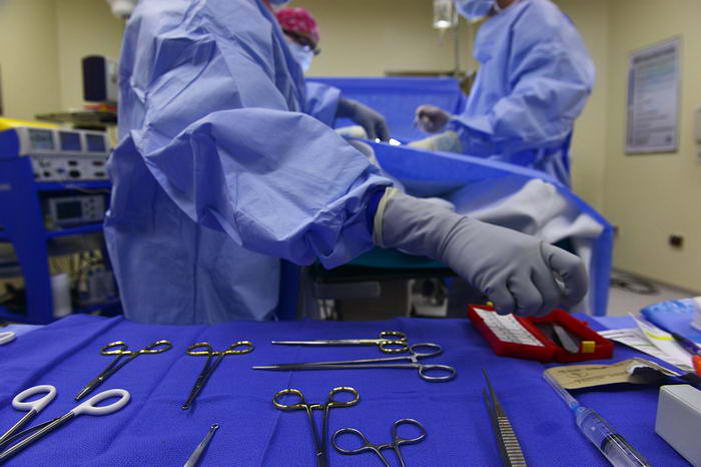
Surgery is scary and dangerous enough on its own, what more if the surgeons use dirty and/or contaminated tools? Fatal infections and illnesses are expected, both of which may lead to complications and even death. Though, the worst part of this is that hospitals aren’t required to report incidents of using such dirty tools.
Now, if only you could stay away the whole time during the surgery.
07 – Patient Blood Type Mix-ups
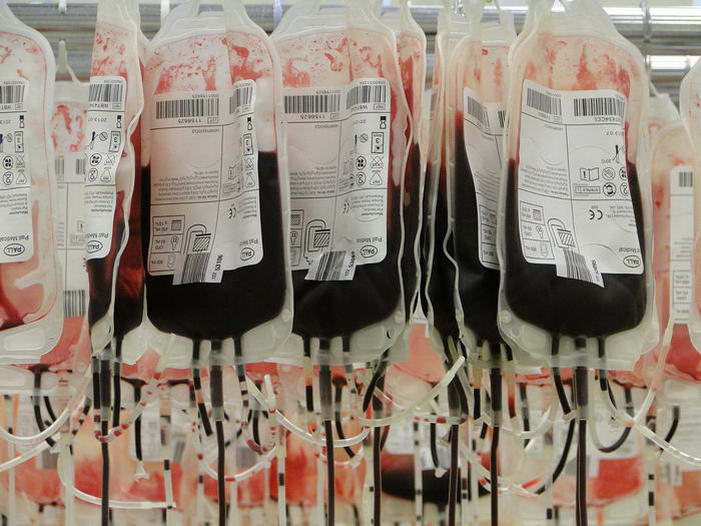
Careless doctors may end up giving the wrong blood type to patients that need a transfusion. Though, more of a miscommunication problem between the doctors, nurses or surgeons and the offices, such a mishap can be costly.
06 – Making A Medical Condition Even Worse
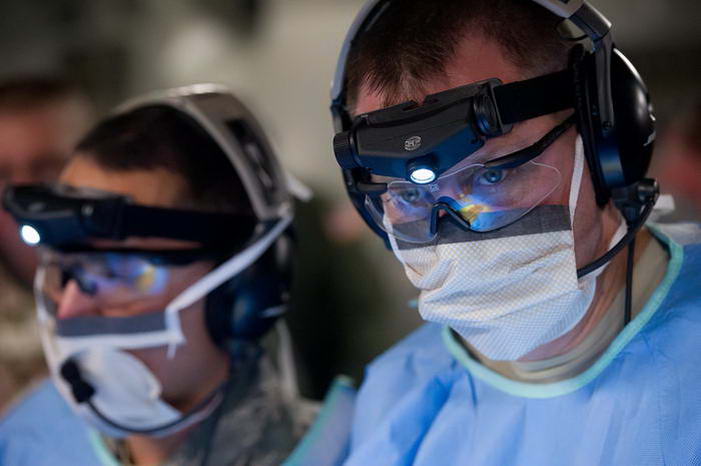
What happens when the same medical experts that we trust our lives to end up making our health problems even worse? Considering that it really does happen and quite often, if I may so add, all patients can do is just wait until things get better.
A good example of how and why this happens is when multiple professionals work on a single patient. If the doctors aren’t from the same hospital or if there are communication problems, mistakes can easily pile up from one another and lead to the death of a patient.
05 – Removing the Wrong Body Parts and Organs
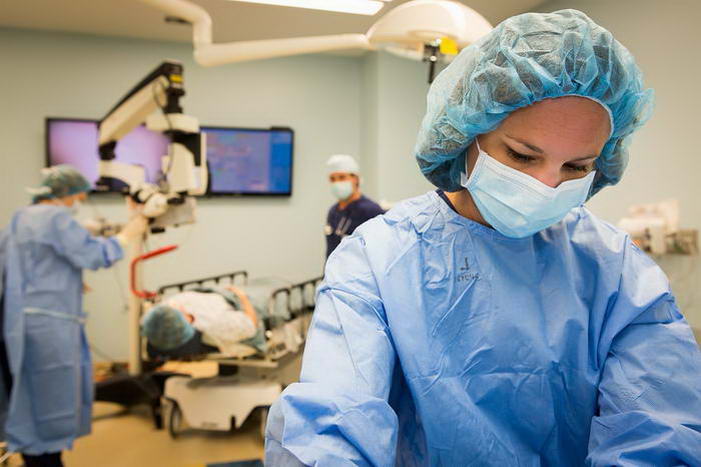
According to the Department of Health, the accidental removal of the wrong body part or organ is an event that should never happen. But, doctors and hospitals often make these mistakes and they won’t even report it if it helps them get away with what they did.
If you’ve ever heard of a story about someone getting the wrong leg amputated, then you’d better believe it. While rare, these situations do happen even when they never should.
04 – Administering the Wrong Dose of Anesthesia
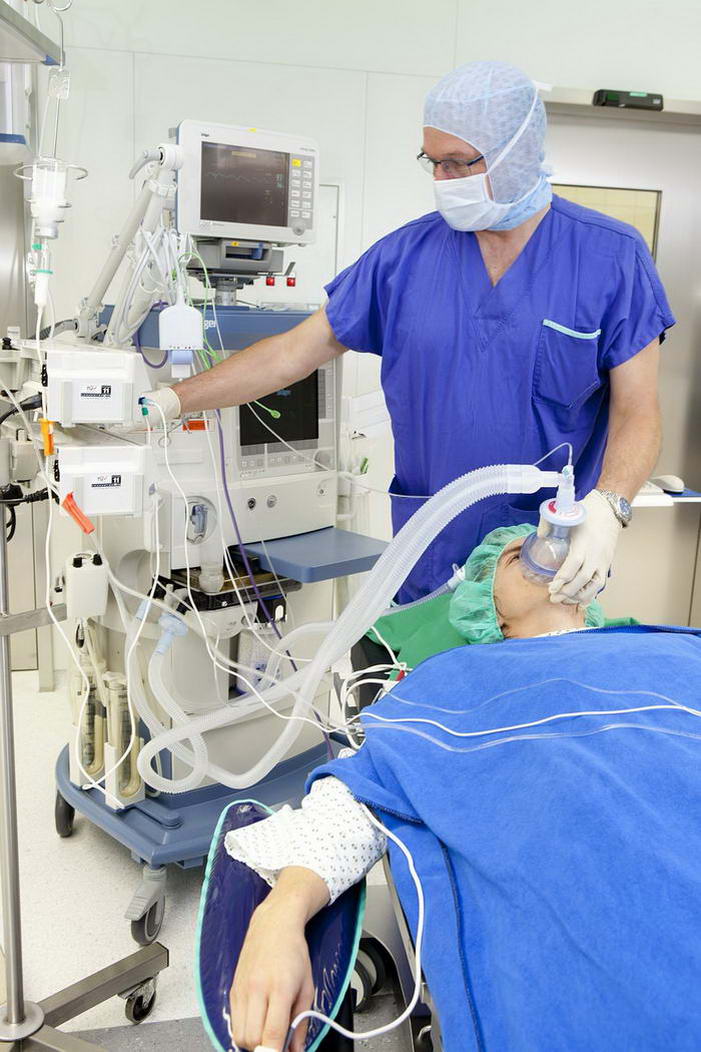
Much like #5, this is a rather rare case and anesthesiologists rarely make a mistake with the anesthesia they administer. Unfortunately, when it does happen, it can have dire consequences.
The wrong dose of anesthesia can lead to patients waking up during surgery. Yes, it still numbs them. But, can you ever imagine yourself being on the operating table and see the surgeons do all sorts of things for you? Terrifying, isn’t it?
03 – Performing the Wrong Operation
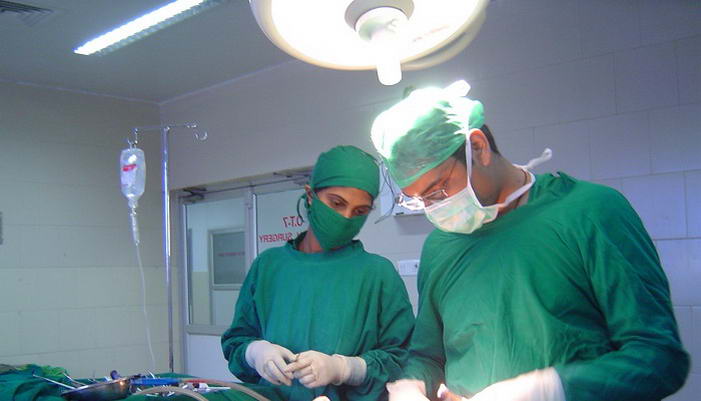
This could easily be the same as No. 5, but this deserves special mention because it is much worse. Just think about it. You go in for a kidney operation only to end up having your liver removed because the surgeons weren’t paying enough attention.
To prevent this from happening to you, make sure to always get a second opinion and make sure that you go through extensive testing first so as to arrive at a correct diagnosis.
02 – Confusing One Patient for Another
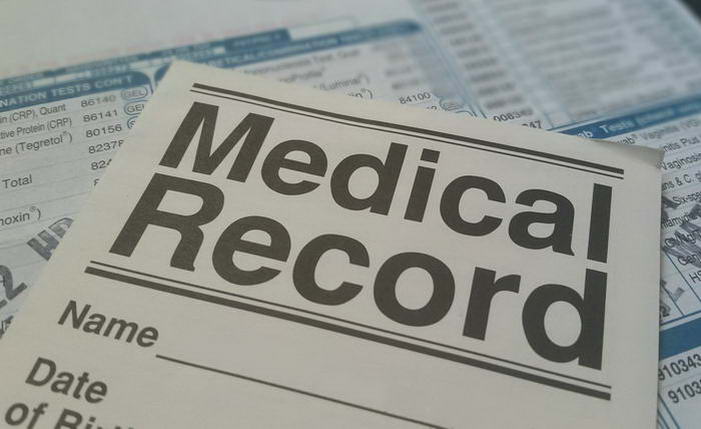
There are many cases of medical staff mixing up patients’ identities and end up making the wrong diagnosis or prescription.
Nurses are often at risk for this, especially in a busy hospital as may make the mistake of making a patient drink the wrong medicine or dose. Doctors aren’t exempted as they could get confused by their patients, especially with those who have similar-sounding names.
Triple-checking everything is one way for doctors and nurses to avoid making such mistakes. But, assurance practices should happen at all medical levels so as to prevent anything fatal from happening.
01 – Leaving Surgical Tools Inside Their Patients
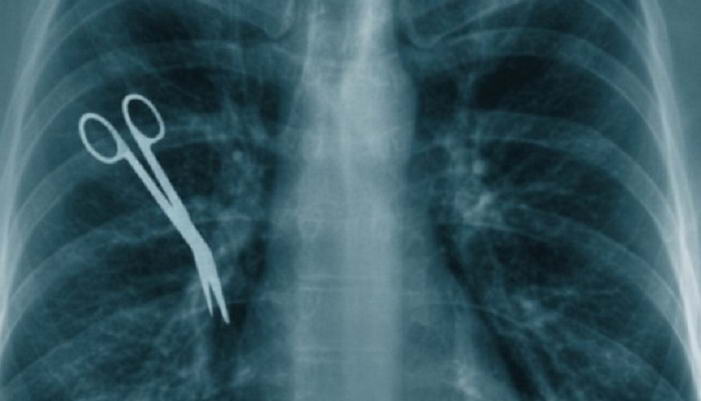
As much as we’d like to believe that this is more myth than truth, it actually happens quite often. From forceps, to scalpels, to scissors, and sometimes, even larger apparatus, many patients have had cases filed against their surgeons for leaving instruments inside their bodies.
Such negligence can lead to physical harm and other psychological issues. Even worse is that many objects are left unseen for many years until they pose enough of a threat to cause serious problems and by then, it may be too late to save the patient.
Ethical Implications and Transparency in Medical Errors
In the intricate tapestry of healthcare, ethical considerations and transparency play pivotal roles, especially when it comes to medical errors. The dilemma facing medical professionals is not just about making mistakes; it’s also about how they handle these errors. A disconcerting aspect of this issue is the reluctance to disclose mistakes, a decision that can have far-reaching consequences on patient trust and safety.
A Startling Reality: Concealing Errors
Recent studies have revealed an unsettling truth: a small yet significant number of physicians admit they might conceal clinical errors that could harm a patient. This admission, while shocking, underscores a larger problem in healthcare ethics. The decision to hide an error can stem from various factors, ranging from fear of legal repercussions to a misguided attempt to protect the patient from distress. However, this lack of transparency can erode the very foundation of trust that should exist between a patient and their doctor.
Building a Culture of Honesty
Addressing this issue requires a cultural shift within the medical community. It’s crucial to foster an environment where healthcare professionals can openly discuss and learn from their mistakes. This approach not only aids in professional development but also significantly improves patient safety. By prioritizing honesty and open communication, the medical community can work towards reducing the frequency and impact of these errors.
Empowering Patients through Information
On the flip side, patients also play a role in this dynamic. Informed patients are better equipped to engage in their healthcare decisions actively. Knowledge about potential medical errors and an understanding of their rights can lead to more vigilant and proactive healthcare experiences. Encouraging patients to ask questions, seek second opinions, and be active participants in their care can serve as a powerful deterrent against medical mistakes.
Conclusion: A Call for Change
The path to reducing medical errors is multifaceted, involving both systemic changes in healthcare practices and a transformation in the patient-doctor relationship. By embracing transparency and ethical responsibility, the medical community can take significant strides towards enhancing patient safety and trust. As we continue to uncover and discuss these shocking medical errors, our ultimate goal should be to learn, improve, and prevent them from recurring, ensuring a safer and more trustworthy healthcare system for all.
Reflecting on Change for a Safer Future in Healthcare
As we reach the end of our exploration into the 10 most shocking medical mistakes frequently made by doctors, it’s crucial to recognize that this discussion isn’t just about highlighting flaws. It’s a call to action for both healthcare professionals and patients alike. The journey towards safer healthcare is ongoing, and every step taken towards improvement and awareness can save lives.
The medical field, like any other, is constantly evolving. New discoveries, technologies, and methods continuously reshape the landscape of healthcare. However, it’s equally important to evolve in how medical errors are handled and prevented. Emphasizing continuous education, transparent reporting systems, and a non-punitive culture that encourages learning from mistakes can dramatically enhance patient safety.
As patients, understanding the potential for medical errors and knowing what questions to ask can make a significant difference. Empowerment comes from knowledge and engagement. By being informed and involved in your healthcare, you reduce the risk of falling victim to these errors. Remember, a well-informed patient is a safer patient.
Ultimately, reducing medical errors is a collective responsibility. It requires the dedication of healthcare professionals to uphold the highest standards of care and the engagement of patients to be active participants in their health journey. By working together, fostering open communication, and committing to continuous improvement, we can create a healthcare system that’s not only effective but also safe and trustworthy.
Let’s remember, the goal is not to instill fear but to inspire change and vigilance. By understanding and learning from these shocking medical errors, we can all contribute to a future where such mistakes are the exception, not the norm.

